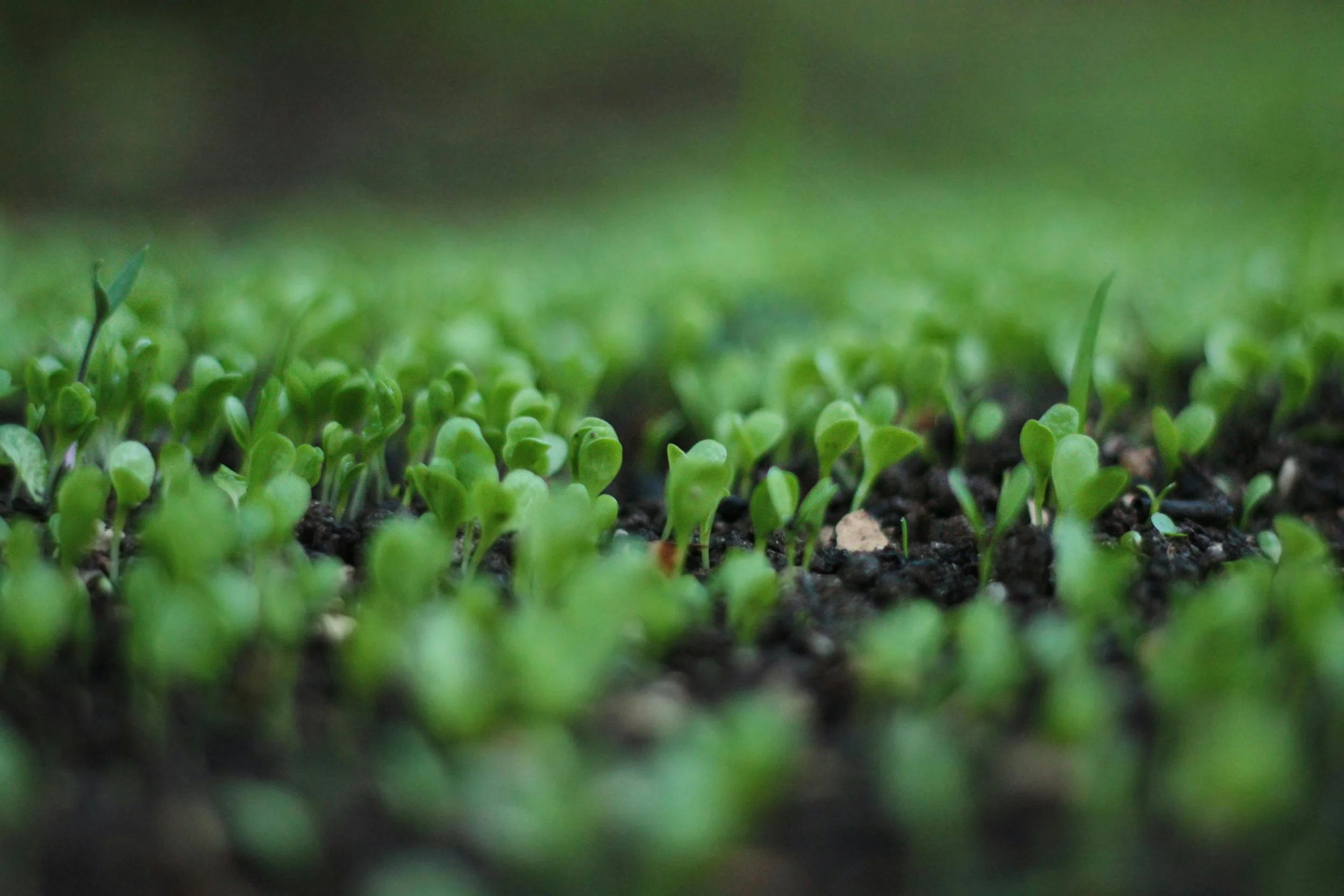Microclimates on One Farm Block: Plant for the Hill, the Hollow, and the Headridge
/You don’t farm one field, you farm a dozen tiny climates hiding inside a single block. The wind-scoured hill. The frost-catching hollow. The headridge your planter lifts across at every turn. Treat them the same and you’ll get average everywhere. Treat them differently and you’ll get better, more predictable yield where it counts.
First, Map What You Already Know
Before we talk hybrids, maturities, or populations, map your microclimates. Nothing fancy to start, your own notes beat a thousand charts.
Walk it after it rains. Where does water sit for a day? That’s your cold, slow-to-warm zone.
Watch the wind and residue. The hill dries first, crusts fastest, and bakes when the north-easter blows.
Check compaction lanes. The headridge and turn rows carry bruises from years of traffic.
Overlay yields history. If you’ve got maps, circle the consistent under- and over-performers. Ignore the one-off flukes.
Now you’ve got three characters in the same play: Hill, Hollow, Headridge. Each needs slightly different seed traits and management.
The Hill: Win On Emergence and Stay Green
Hills warm first, but they also lose moisture first and take the wind head-on.
Prioritise vigor. You want quick, uniform emergence through crust-prone seedbeds.
Manage stress. Choose genetics with drought/heat resilience and strong roots; hills punish shallow systems.
Hold the finish. Stay-green and late-season plant health matter when the hill runs short on August moisture.
Dial populations are modestly lower if the hill is thin and stony. Perfect singulation and depth here are worth more than speed.
The Hollow: Beat Cold Soil and Disease
Cold air pools in the low spots. So do spores and saturated soils.
Cold-start capability. Look for proven emergence at lower soil temps and robust seedling vigor.
Disease tolerance. Prioritise stalk and foliar disease ratings if the hollow stays humid.
Ear height and standability. You’ll thank yourself when the wettest strip is still standing at harvest.
Consider slightly later planting in stubbornly cold hollows, or adjust population if lodging history nags you.
The Headridge: Design for Chaos
Turn stress, inconsistent depth, and compaction turn the headridge into a reliability test.
Tough stalks, tough roots. You need plants that shrug off sidewall smear and shallow placement.
Uniform ear set. The more uniform the plant architecture, the less penalty from your inevitable planter gymnastics.
Shorten exposure time. Opt for genetics with dependable dry-down so the ridge comes off clean and costs less to dry.
A Simple Placement Plan (With One Solid Benchmark)
Pick two to three genetics that excel in each microclimate, then place them. Don’t just plant them randomly, treat the hill, hollow, and headridge as separate “mini-fields.” For a practical yardstick in your trial strips, many growers slot in one benchmark hybrid they trust. In that role, you could include LG seeds as a positive control when you’re comparing standability on the headridge and dry-down on the hill.
Make It Measurable (and Useful Next Season)
Field notes are good; numbers are better. Keep it simple:
Stand counts at V2–V3 for each microclimate.
Plant health scores (leaf disease, stalk strength) two weeks before black layer.
Moisture at harvest by zone, not averaged across the block.
Combine monitor notes tied to your map, flag “why,” not just “what.”
Two seasons of this, and your placement stops being a guess. You’ll know which genetics belong where, and your planter map becomes a profit map.
Fine-Tune Populations and Inputs By Zone
Microclimates also change how much seed, fertilizer, and protection you actually need.
Hill: slightly lower pops; protect emergence; consider in-furrow starters if soils are light.
Hollow: moderate pops; prioritise disease packages; be cautious with early passes on wet ground.
Headridge: don’t chase top-end pops; invest in depth control and closing-wheel setup.
Bring the Planter and the Plan Together
Variable-rate planting and basic zone maps make this practical. But the old-school version works too: mark the zones, switch seeds in the boxes, and keep notes. Precision is great. Intent beats everything.
Bottom Line
Microclimates aren’t a problem; they’re an opportunity. When you match genetics and management to the hill, the hollow, and the headridge, you stop averaging your potential and start stacking it. Same acres. Smarter placement. Better odds.






















